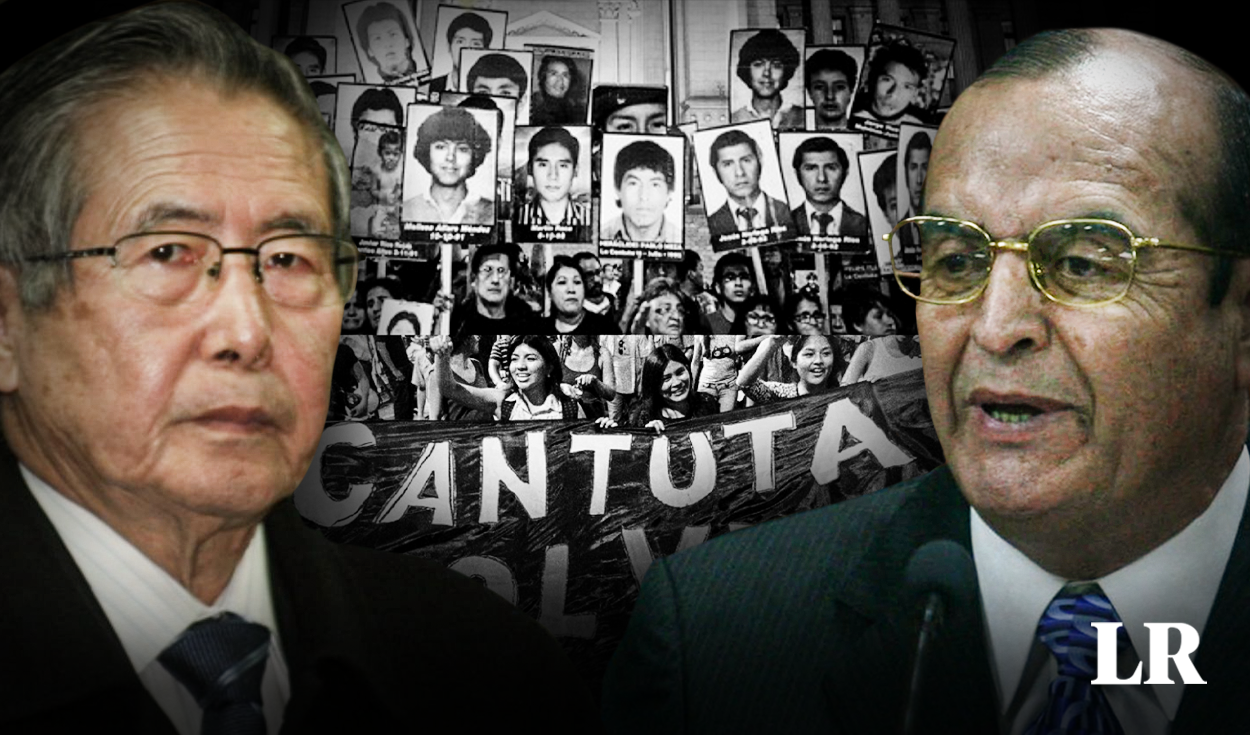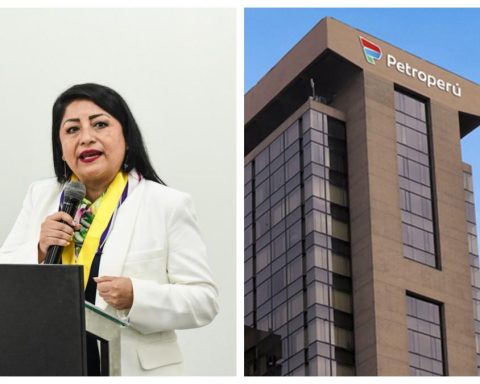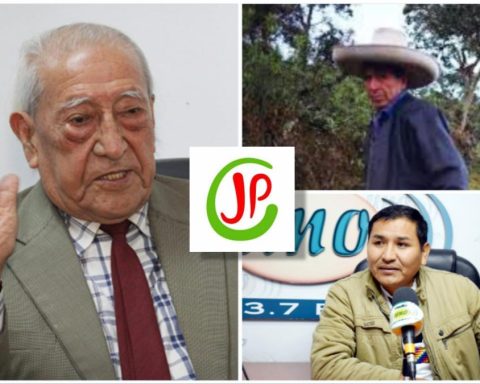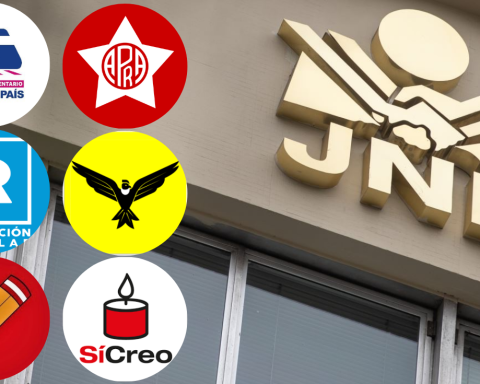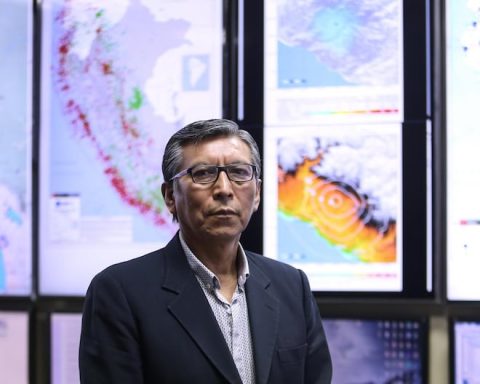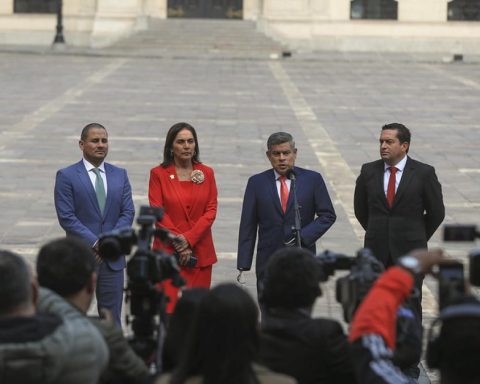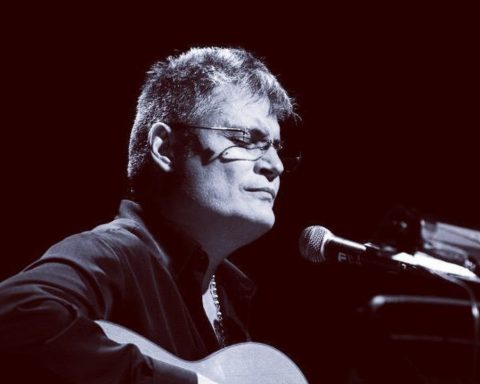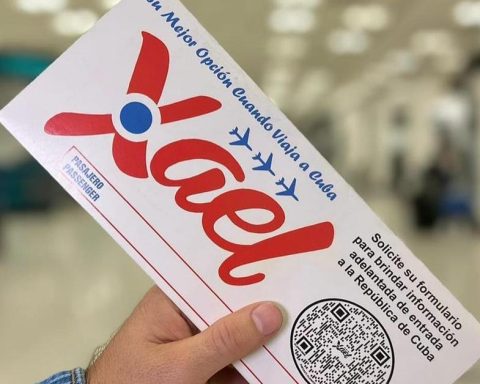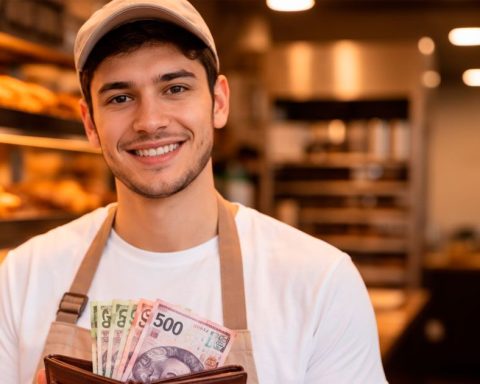On April 5, 1992, after Alberto Fujimori’s announcement, “dissolve, temporarily dissolve the Congress of the Republic”of bringing tanks out onto the streets and violating the constitutional order; one of the first newspaper offices to be taken over by the military was the headquarters of the newspaper The Republicon Camaná Street, downtown Lima.
From that moment on, the journalists at our publishing house unleashed a tenacious defense of democracy and freedom of the press, which today, with the death of the former dictator, is worth keeping in mind so that history does not repeat itself and serves as a lesson to new generations.
The news battle was to unravel the dictatorial spirit of the regime, the acts of corruption, the violations of human rights, the norms against workers, etc. In this way, our reporters were at the forefront of the exercise of our profession, despite all the machinery unleashed against them by the tyranny.
Particularly aggressive was the offensive of the Fujimori and Vladimiro Montesinos regime against the investigative press, against the press that denounced the violation of human rights, against the press that investigated corruption and exposed plans to subjugate honest journalists, and therefore they became targets of the tabloids.
Ángel Páez, Gustavo Gorriti, Gustavo Mohme Llona and César Hildebrandt were among the targets of defamation. We must remember, we must remember, now more than ever, when some insist on celebrating the autocrat.
Angel Páez, head of the Research Unit:
“Face to face with the former dictator Fujimori”
I don’t know if some colleagues have experienced the dubious honor of facing face to face Alberto Fujimori and Vladimiro Montesinos. In no case were they anecdotes because I had them in front of me as witnesses in court hearings for the cases of the tabloid press, which Fujimori faced, and for the smuggling of AK-47 rifles for the FARC, against Montesinos.
They were momentous episodes because both had to answer before the courts for two very serious acts of corruption, which were known through investigations by The Republicat a time when the Fujimori-Montesinos kidnapped and killed journalists, and tortured and executed those they suspected of being the reporters’ sources.
At the hearing on Wednesday, February 23, 2005, at the Callao Naval Base, the court asked me to confirm the revelations of arms dealer Sarkis Soghanalian, who provided the rifles to the Fujimori government, which then transferred them to the FARC. The case called into question Fujimori’s discourse on its effectiveness against terrorism, because Soghanalian said that it was the Fujimori government that hired him and that when he came to Lima he coordinated payment for the shipment with Montesinos.
Amidst the protests and insults from the former de facto head of the SIN and his defense, I confirmed what Soghanalian had said, who, in a series of interviews that he gave us in the Los Angeles jail and in his residence in Palm Springs, detailed how the business had been done for the benefit of the FARC criminals with the approval of Fujimori, to whom they pay tribute as a hero of the anti-terrorist fight.
On Friday, May 30, 2014, I was summoned by the court installed at the headquarters of the Diroeswhere former dictator Alberto Fujimori was imprisoned. It was about financing the tabloid press, a perverse media execution strategy designed by Montesinos to destroy his enemies, such as investigative journalists who uncovered the criminal acts of the regime, including the purchase of weapons: the main source of government corruption.
Fujimori became furious when I reminded him that he was not only responsible for the corrupt contracts but that he publicly defended them, including Montesinos, the manager of the mega-corruption. “Shut up!” he repeated. The court reprimanded him to continue with my presentation.
I reported that the tabloid press of his government had publicly humiliated me in retaliation for the investigations into corruption and that the ultimate purpose of the campaign was to eliminate me. Fujimori, red in the face, exploded again: “Don’t say corruption!”
Interestingly, when he published his memoirs in 2021, he acknowledged that corruption had plagued his government. I had told him this face to face.
Maria Elena Castillo, Politics editor:
“It’s not about numbers, every single one counts”
“We kill less than the two governments that preceded us,” Jorge Trelles, then spokesman for Keiko Fujimori, said bluntly during the 2011 election campaign, tacitly acknowledging that during the government of Alberto Fujimori human rights violations were committed.
But it’s not about numbers. Every extrajudicially executed person, every disappeared person, every tortured person, every innocent person in prison counts. And in the 1990s I had to interview victims or their relatives of the Fujimori regime.
The first case of significance that was known was The Barrios Altos Massacrecommitted by the Colina military detachment on November 3, 1991, and which left 15 dead, including, Javier Rios barely 8 years old, and four injured, one of them was Tomás Livia, an ice cream seller who had the misfortune of having gone to a fundraising chicken gathering to fix the drainage system of the country house where the meeting was taking place.
He was shot 17 times, leaving him in a wheelchair. Being close to death did not discourage him, nor did the threats he received afterwards for telling what happened. Every time I interviewed him he became stronger, more determined to demand justice. He did not hesitate to say that he recognized Martín Rivas as one of the murderers.
I saw the same fortitude in Rosa Rojas, Javier’s mother, who also lost her husband on that fateful afternoon. She was always seen determined to demand punishment for those who took her loved ones from her. She always ended up shedding tears for her son, who would have turned 40 last year.

How not to be moved by Raida Condor, the mother Couragewho lost her son Amaro, also at the hands of the Colina group, on July 18, 1992. “It is not hate to ask for justice,” she told me one of the times I spoke with her. Her hair was black at the time, now it is completely white and she has less physical strength due to her age, but the same determination and determination as always. That is how she managed to get the small bone remnant that was identified by DNA last year to be given to her so she could give him a Christian burial.
The list is long. They are Cronwell Jarawhose son Ernesto was arrested and disappeared in October 1990; Javier Rocawho never tired of searching for her son Martín, who disappeared in 1993; Marly Anzualdowhose brother Kenneth was kidnapped in 1993. All three were young university students, with many unfulfilled dreams. The last two ended up cremated in the basement of the Army Intelligence Service (SIE). I had to listen to them and tell their stories, their efforts, their despair, their demands for justice.
César Romero, editor of Judiciales:
“The prisoner and the justice system that persecuted and perverted him”
Alberto Fujimori He died at an unspecified time on September 11. But his imprint and the toxicity of his ideas for governing live on, as shown by the reaction of the Government, Congress and the Judiciary in recent days.
In fact, Fujimori never left power, nor did he want to do so, nor was he allowed to, despite resigning by fax on November 21, 2021; running for the Japanese Senate in July 2007; remaining a fugitive from justice in Japan and Chile until September 22, 2007; or entering prison to serve effective jail sentences for corruption and human rights crimes.
His rise to power in 1990 coincided with my beginnings in journalism and his actions have been a daily part of my professional career as a writer and editor specializing in judicial matters. I lived and witnessed his way of doing politics, his search for impunity, the struggle of those who confronted him, the suffering of his victims and the people’s desire for justice.
From that knowledge it seems terrible to me that the Judiciary regret his death. On September 11, through the lawyer Elio Riera, Fujimori participated in a hearing of the trial for the kidnapping, torture and murder, on contract, of six citizens of Pativilca, province of Barranca, north of Lima. Never before has the PJ regretted the death of a prisoner who received five sentences, to effective prison terms, who was participating in a trial and who had eight other pending proceedings.
Fujimori won the 1990 presidential elections, but began to exercise his power in 1991 with a belligerent campaign against the judiciary, which he accused of being subject to the APRA party of Haya de la Torre, terrorism and crime.
Fujimori’s criticisms, just like today, were not aimed at a better justice system. Fujimori attacked the judges to justify the breakdown of democracy, the self-coup of April 5, 1992and govern without control. Some measures that he had taken in the ‘fujishock’, In August 1990, the courts were put under control. He then created a judicial system to suit himself.
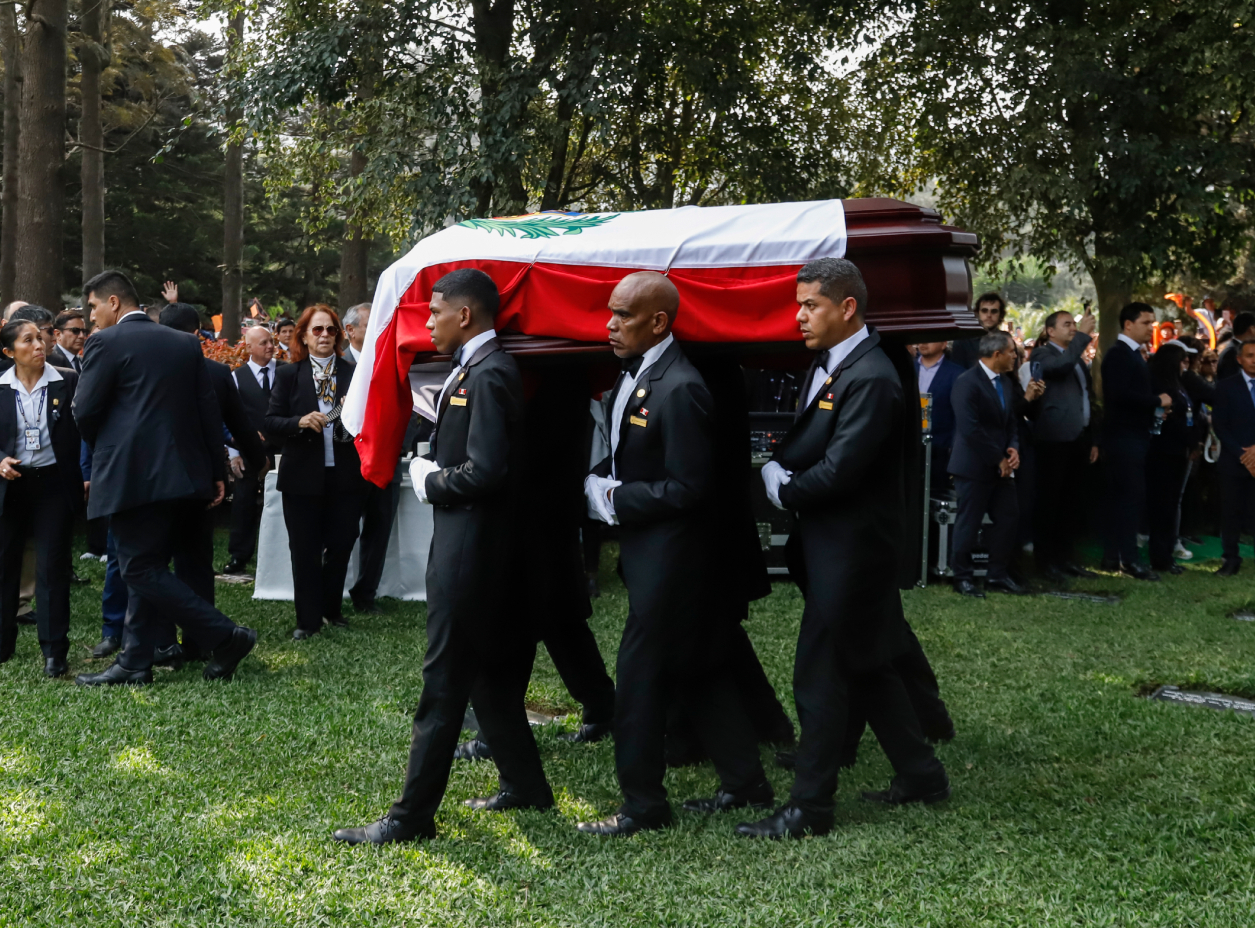
The self-coup included the dismissal of the entire Supreme Court of Justice, the titular supreme prosecutors and hundreds of other judges and prosecutors, who were replaced by provisional magistrates. The judges themselves were prevented from defending their rights. The families of those illegally detained, disappeared or extrajudicially executed could not obtain protection or find out what had happened to them.
The legal actions they are taking today Dina Boluarte, Keiko Fujimori, Cesar Hinostroza and others under investigation to stop the activities of the prosecution were impossible at that time. The Fujimori regime established a system of ad hoc judges and prosecutors who, under the guise of confronting crime and terrorism, persecuted dissenting voices.
The first members of the National Council of the Judiciary (CNM) had to resign to defend their functions and three magistrates of the TC were dismissed due to a ruling contrary to the interests of Fujimorism.
Fujimori has died, but his ways of governing live on. The Judicial Branch of Javier Arevalo Vela He forgot what the Fujimori government was like for judges and I suppose he won’t like being reminded of it now.
Despite everything, there were and are judges, prosecutors and citizens who did not bow their heads. They restored democracy and, at the time, respecting his rights, they tried and convicted him. There is hope. In the face of death, democracy and freedom will triumph.
